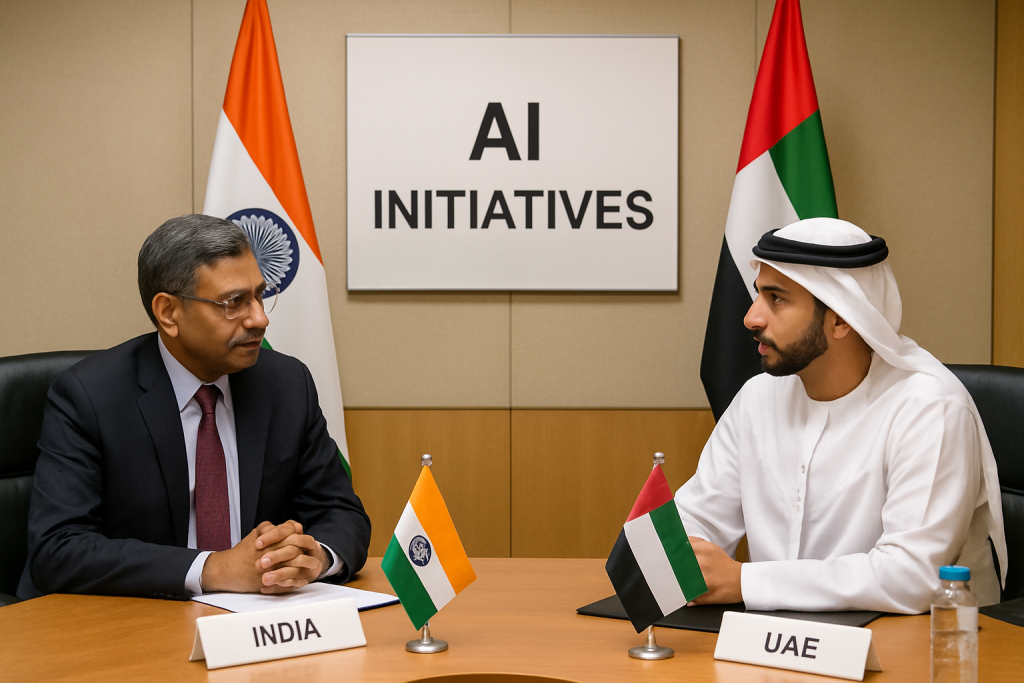Indian pharmaceutical companies are seeing a competitive edge through artificial intelligence adoption in their Global Capability Centers. These centers now drive drug discovery and clinical development faster than traditional methods.
AI adoption in India’s healthcare GCCs jumped from 65% to 86% in five years, according to a Zinnov-AMCHAM study. This surge shows companies are moving beyond cost-cutting to strategic innovation.
India houses 40% of the total pharma GCC workforce globally. By 2030, pharma spending on GCCs is expected to reach $27.5 billion. The numbers reveal a fundamental shift in how global pharmaceutical companies operate.
“India’s Healthcare GCCs have evolved from back-office operations to innovation hubs,” industry analyses noted. These centers now handle complex tasks like drug target identification, clinical data management, and regulatory submissions.
Companies like Carelon have moved 72% of their global workforce to India in six years. This dramatic shift wouldn’t happen without real innovation capacity and proven results.
The transformation spans multiple functions. Marketing operations now manage global omnichannel campaigns with social listening and web analytics. Competitive intelligence teams deliver sophisticated market research and product launch strategies. Even pricing and market access teams are expanding into health economics research.
Telangana leads this change with 11% of India’s total GCC population and the lowest attrition rate among major cities. The state produces 40% of the country’s pharmaceutical output and offers specialized infrastructure like Genome Valley.
AI integration is reshaping traditional processes. Protein modeling tools reduce drug target identification time by 30-40%. Clinical development support covers everything from trial design to data analysis. Advanced analytics enable faster decision-making across commercial operations.
“Pharma GCCs are transforming life sciences by streamlining drug discovery and clinical development,” stakeholders highlighted in the report. The focus has shifted from transactional services to judgment-intensive activities like portfolio analytics and brand strategy.
The hybrid model is gaining traction. Companies keep high-value activities like market intelligence and pricing strategy internal while outsourcing routine tasks. This approach balances cost efficiency with enhanced capabilities.
Promotional material design and sales training remain at early stages. However, mature GCCs are taking on automation-heavy and analytics-driven tasks. Some centers now have global process owner roles for specific services.
Technology partnerships are driving digital transformation. GCCs collaborate with vendors to build intelligent content management systems and deploy learning solutions. They develop tailored in-house tools while leveraging third-party expertise for innovation.
The talent advantage remains strong. India produces over 2.3 million STEM graduates annually, providing deep expertise in biostatistics, regulatory affairs, and clinical data management. Lower operational costs compared to North America and Europe add to the appeal.
Government support strengthens the ecosystem. States offer tax benefits, infrastructure support, and grants. Special funds for AI and university-industry partnerships bridge the gap between academia and industry.
Current penetration levels remain between 10% and 20%, suggesting significant room for expansion. Companies are increasingly confident about relocating strategic operations to India as capabilities mature.
For business leaders, understanding GCC strategic importance is critical for future pharmaceutical innovation. The shift from support centers to innovation hubs creates opportunities for competitive advantage.
Companies should invest in talent development and technology infrastructure to harness AI benefits. This approach enables organizations to meet growing market demands while promoting sustainable growth.
The evidence is clear: India’s pharmaceutical GCCs are not just participating in global healthcare innovation. They are creating the blueprint for how the industry will operate in the coming decade.


